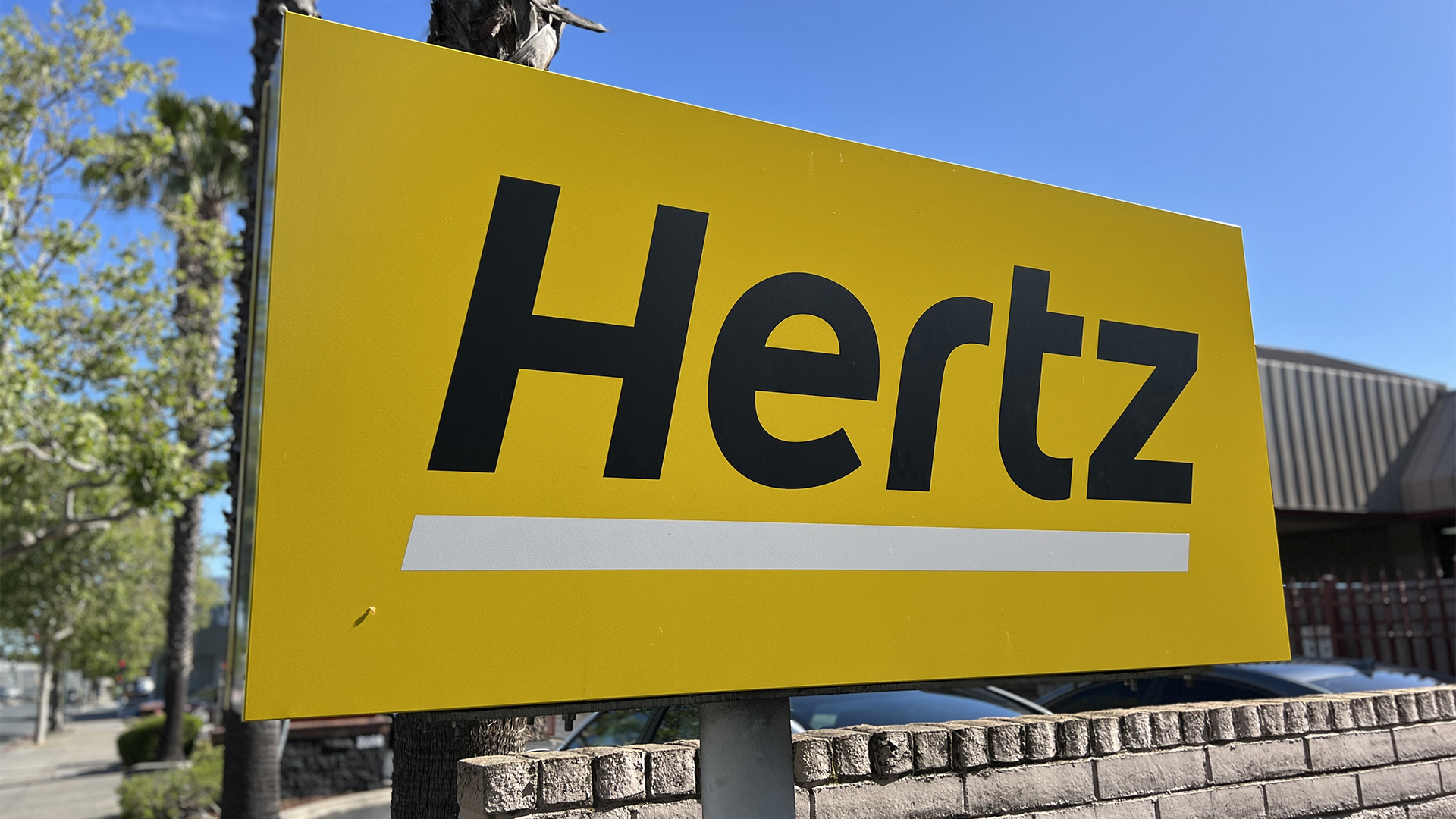Dell Inspiron Mini 9 on Vodafone
Vodafone's exclusive take on Dell's Inspiron Mini 9, complete with integrated mobile broadband, is finally here. Is this the best netbook on the market?
By coming late to the party, and with its integrated broadband Vodafone modem, Dell should have been able to capitalise and deliver the best netbook yet. However, the Mini 9 suffers from a key flaw – a poor keyboard, so this can only be regarded as a missed opportunity for Dell.

Battery life doesn't tread closely on the heels of the best netbooks - take a bow Asus' Eee PC 1000H and MSI's Wind U100 - but with four hours of light use under its cutely proportioned belt, it's not bad at all.
We managed to get just under two and half hours of usage using a combination of Wi-Fi and 3G at home, which is pretty good going considering we spent much of our time watching Heroes in iPlayer's high quality mode, steaming internet radio, checking our email and surfing the internet almost constantly.
Watching video is a pleasure, too, as the Dell's plain good looks and quality build are matched by its 8.9in display. Like most of its ilk the Mini 9 settles for a resolution of 1,024 x 600, but controversially Dell have opted for a glossy finish.
It's not as bad as it sounds, though, and thanks to the screen's ample brightness we never had any problems using the Mini 9, even under direct sunlight. On the flipside, the glossy screen bestows images with a pleasing vivacity and depth - traits that only serve to emphasise the panel's surprisingly neutral colour reproduction.
Performance isn't a high point, but it's sufficient. The Atom N270 processor is partnered with 1GB of memory, and scored a modest 0.34 in our benchmarks.
The final ingredients of any self-respecting netbook are a comfy keyboard and trackpad combination. But, like so many other netbooks before it, the Dell only delivers half the recipe. The Mini 9's trackpad is one of the best we've encountered. It's wide, accurate and blessed with two distinct buttons. Unfortunately, that's where things start to go a bit sour.
The most positive thing you can say about the Mini 9's keyboard is that it's not as bad as that of Asus' 8.9 inch Eees. It's not that Dell hasn't made a good attempt at it, either. They've gone as far as dispensing with dedicated Function keys altogether - instead relegating them to secondary FN key functions along the middle ASD row - and have done away with F11 and F12 completely.
This frees up plenty of vertical space, while leaving enough room for the fine trackpad but, unlike MSI's Wind, which takes full advantage of its wide frame by stretching the keys to the very edges, Dell has left about 10mm of fallow chassis on either side.
Get the ITPro daily newsletter
Sign up today and you will receive a free copy of our Future Focus 2025 report - the leading guidance on AI, cybersecurity and other IT challenges as per 700+ senior executives
Sasha is a freelance journalist who's been writing about tech and consumer products for over two decades. With a career that started at the dawn of the millennium on Computer Buyer magazine, he passed through the official Intel Centrino magazine, Mobile Computer, before rounding off his print career on PC Pro magazine where he reviewed a broad spectrum of hardware and software before eventually specializing in laptop and monitor reviews. After the best part of a decade, he defected to the desks on the other side of the office and spent many years working on Expert Reviews before finally going freelance in 2024. Nowadays, he splits his time between reviewing tech and home appliances, falling off mountain bikes and cleaning up his kids' playroom.
-
 Enterprises face delicate balancing act with data center sustainability goals
Enterprises face delicate balancing act with data center sustainability goalsNews High energy consumption, raw material requirements, and physical space constraints are holding back data center sustainability efforts, according to new research from Seagate.
By Emma Woollacott Published
-
 Cleo attack victim list grows as Hertz confirms customer data stolen – and security experts say it won't be the last
Cleo attack victim list grows as Hertz confirms customer data stolen – and security experts say it won't be the lastNews Hertz has confirmed it suffered a data breach as a result of the Cleo zero-day vulnerability in late 2024, with the car rental giant warning that customer data was stolen.
By Ross Kelly Published
-
 Women show more team spirit when it comes to cybersecurity, yet they're still missing out on opportunities
Women show more team spirit when it comes to cybersecurity, yet they're still missing out on opportunitiesNews While they're more likely to believe that responsibility should be shared, women are less likely to get the necessary training
By Emma Woollacott Published